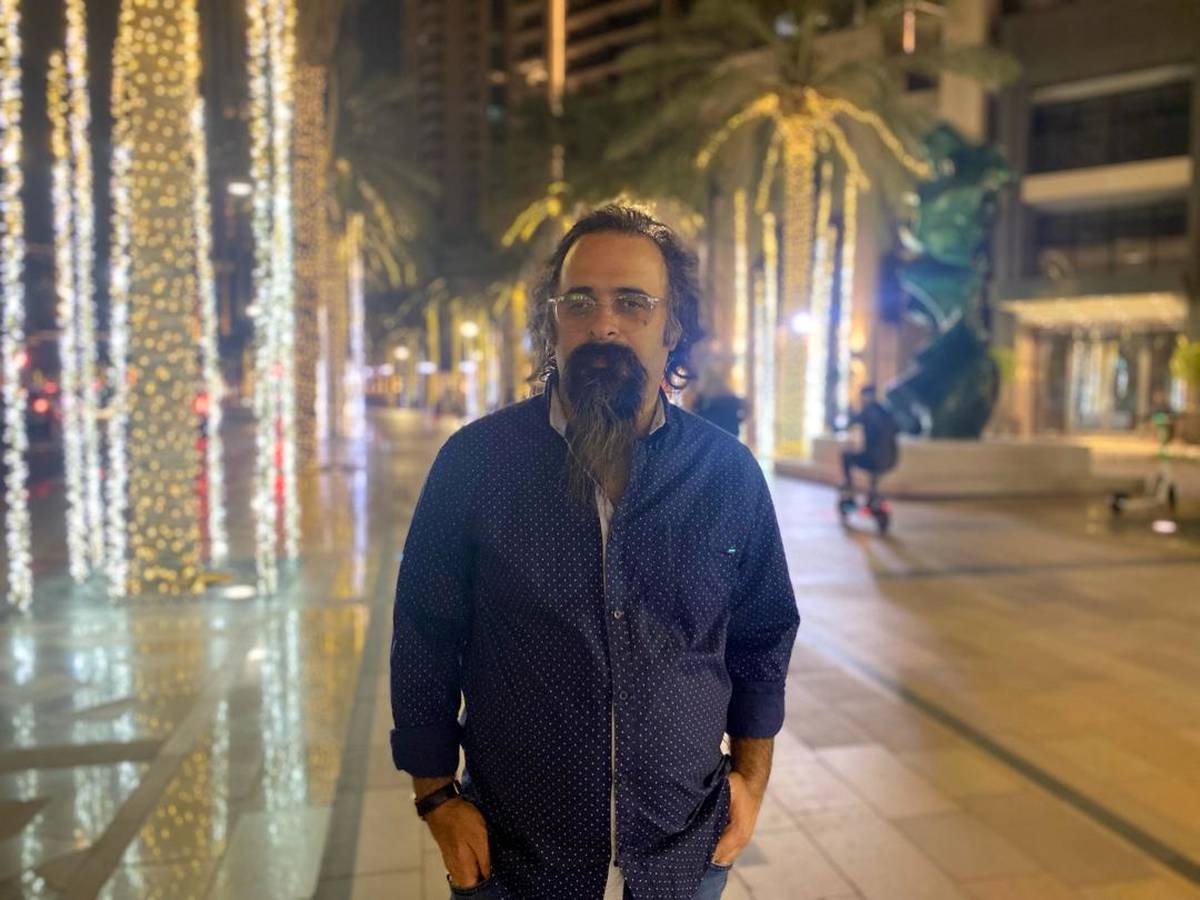
Hossein Hashempoor: The Contemporary Middle Eastern Art Scene Needs a Multi-Million Dollar Breakthrough
Let’s not deceive ourselves: in the art world, the price of an artwork significantly influences both its visibility and the visibility of its creator. The price is not just a financial figure—it shapes the entire atmosphere in which the artist lives and works. A simple search among the general public or even regular art collectors reveals that the majority of well-known artists are those who have achieved high market standings.
ArtDayMe : Hossein Hashempoor, director of ArtDayME and IranArt, reflects :
"Back in 2012 and 2013, Christie’s Middle East auctions in Dubai dedicated entire evenings to contemporary art. Those nights were a playground for emerging talents from the region.
Beyond the auctions, from Tuesday to Friday, an impressive exhibition of the featured works was held at Emirates Towers Hotel, attracting the most prominent international collectors and dealers..."
Since then, platforms like Art Dubai, Abu Dhabi Art, the Sharjah Biennial, Diriyah Contemporary Art Biennale, the Riyadh Art Program, Art Qatar (Qatar Museums), and Katara Art Center have admirably showcased the emerging voices of Middle Eastern art.
However, candidly speaking, these platforms still fall short in one crucial area: pricing. When sales prices are not made prominent, young and contemporary artists miss out on the exposure and promotion they deserve.
Once again: in the art world, the price of an artwork is more than just a market value—it can transform an artist’s career. It elevates their visibility far beyond their local context. A verified market price becomes a spotlight, positioning the artist at the center of transnational attention.
Not just emerging talents—even many artists in their 60s and 70s who enjoy some level of regional recognition remain unknown outside the Middle East.
And yet, Middle Eastern art aspires to a global presence, dreaming of claiming its rightful share in the markets of Paris, London, New York, Hong Kong, and China. The region refuses to limit itself to its own geographic ceiling.
Yes, a handful of “neo-masters” have emerged, and there has been some market-making, but the reach of these artists’ works largely remains confined within regional boundaries.
In my May 21, 2025 piece, I openly stated:
“Galleries' Secrecy About Sale Prices Is Self-Harming — Artists Suffer More.”
When galleries withhold pricing information, they effectively erase a critical step in an artist’s journey to visibility. Collectors and buyers, in turn, are deprived of access to pricing trajectories, keeping the Middle Eastern art market trapped within its own borders.
Still today, galleries persist in their unified silence about sales figures—undermining their own artists' growth.

_The Most Critical Missing Step
An even greater shortcoming is the lack of consistent, strategic, market-oriented content production for contemporary and emerging Middle Eastern artists.
Search for many of our artists online and you’ll find a striking absence of critical or analytical texts about them or their work.
So why should the global art world take notice?
The overreliance on Instagram as the primary platform for artistic content is another major misstep. Neither is Instagram designed for that role, nor is it respected as such by the professional art ecosystem. Serious collectors, investors, and institutional decision-makers search for artists and track their market history through Google, specialized art media, and scholarly criticism—not social media.
Therefore, the first essential step in bringing international recognition to the new generation of Middle Eastern contemporary artists—and eventually building a healthy market for them—is to produce structured, well-researched content with proper keywords in art-centric media outlets targeting the right audience.
This foundational principle is also the cornerstone of the “neo-master” phenomenon I discussed in my piece published on February 3, 2025:
“Neo-Masters: Crowning of Rising Stars.”
The growth and sustainability of Middle Eastern art will be impossible without claiming a fair share of the global art market—which was reportedly valued at $65 billion last year. It’s time to address these gaps—urgently and decisively.

LEAVE A RELPY